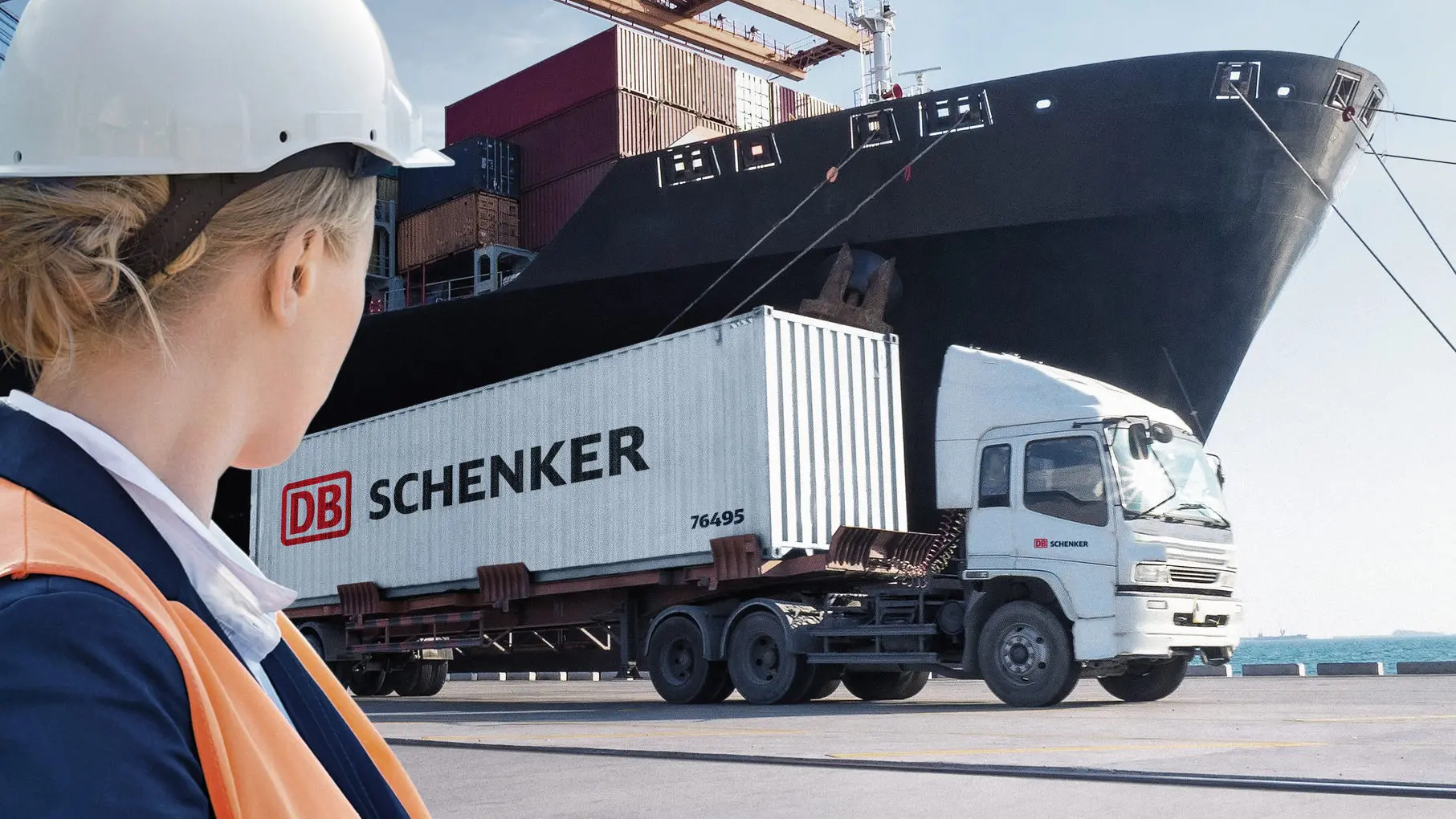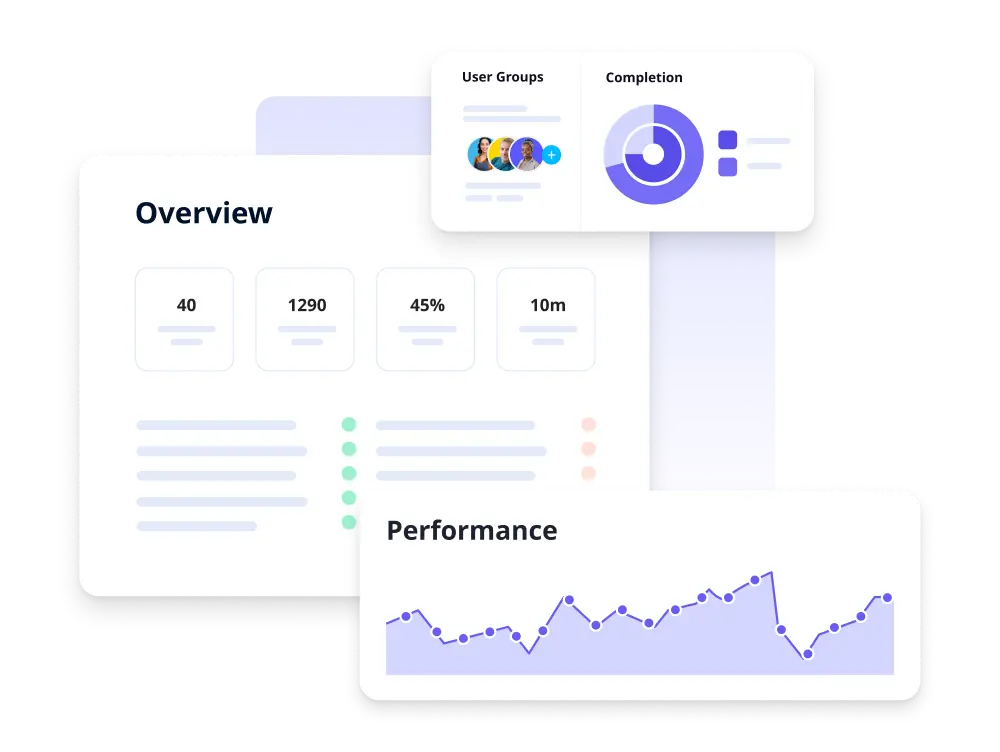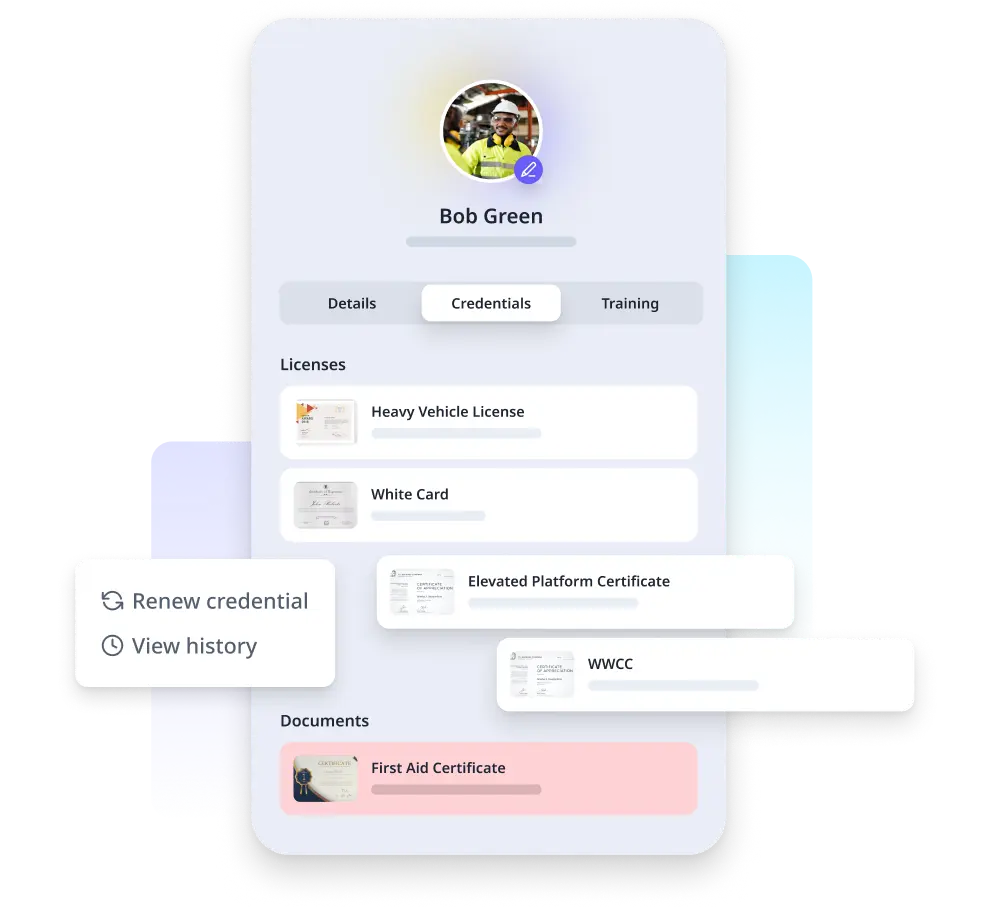Increase management efficiency
Enhance logistics procedures by simplifying tasks on a management level. Cut down the time it takes to complete repetitive administrative tasks using automation tools from our digital platform. By adopting a simplified approach to these tasks, you can prioritize oversight of your logistics operations.








